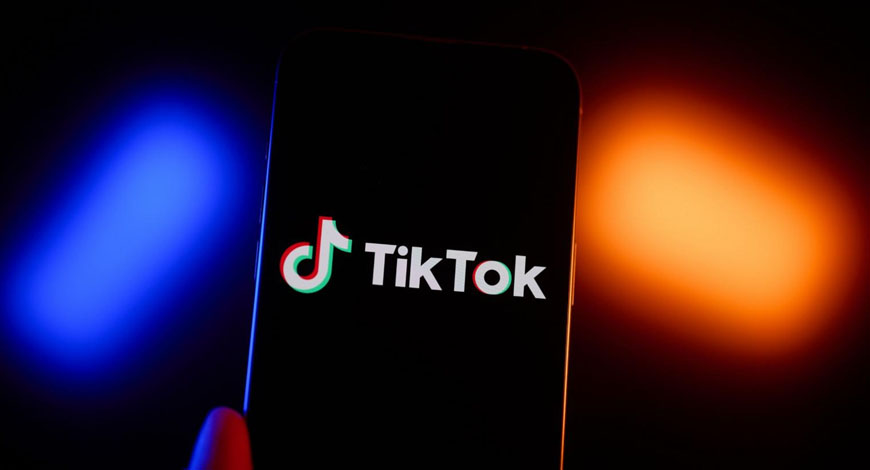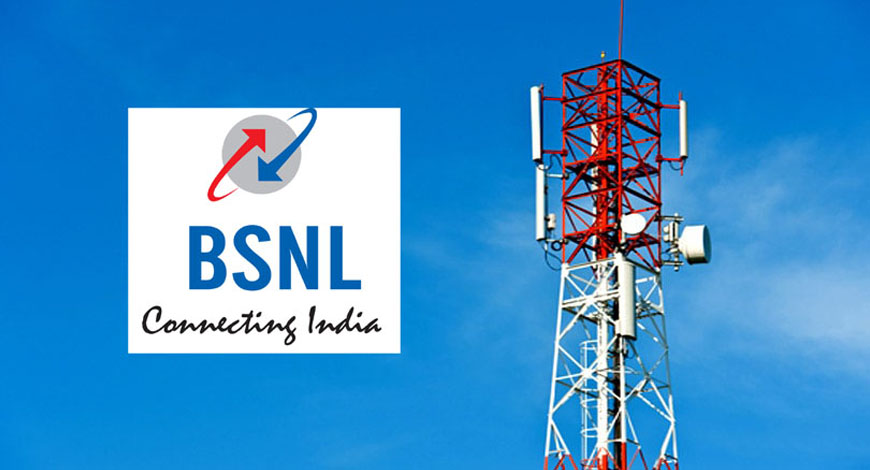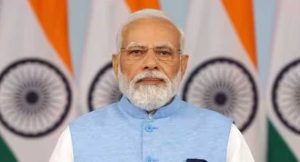LG Electronics Ltd. is set to launch the second initial public offering by a South Korean company in India, seeking to tap into the investor appetite in the world’s third largest stock market.
LG Electronics India IPO, one of the largest this year, is a pure offer for sale by its Korean parent. No fresh shares are being issued, meaning the company will not raise new capital through this offer. Here are the key details of the IPO, its structure, financials, and what analysts are saying.
1. IPO size & structure
LG Electronics India’s IPO, which is valued at ₹11,607 crore, will see the parent company offload 10.18 crore shares, or about 15% of its stake in the Indian subsidiary. This will bring down the parent’s shareholding to about 85% post-listing.
The issue is being managed by a consortium of top merchant bankers, including Kotak Mahindra Capital, Morgan Stanley India, and JM Financial.
2. Price band & valuation
The company has set a price band of ₹1,080 to ₹1,140 per share. Based on this, the IPO values LG Electronics India at around ₹77,400-80,000 crore (approximately $8.7 billion). At the upper end, the issue is priced at a price-to-earnings multiple of around 47 times FY24 earnings, which analysts view as slightly rich compared with Indian peers such as Voltas Ltd., Havells India Ltd., and Blue Star Ltd.
3. Anchor book
Before the public issue, LG Electronics India raised ₹3,475 crore from anchor investors by allotting 3.04 crore shares at ₹1,140 apiece.
Major global and domestic institutions—including Abu Dhabi Investment Authority, Goldman Sachs, BlackRock, Government of Singapore, SBI Mutual Fund, and HDFC Mutual Fund—participated in the anchor book.
Analysts see this strong anchor participation as a vote of confidence for the LG India IPO.
4. Key dates
The IPO opens for public subscription on 7 October 2025, and will close on 9 October. The basis of allotment is expected to be finalised by 10 October, and shares are likely to be listed on the BSE and NSE on or around 14 October 2025.
Investors can bid for a minimum of 13 shares per lot, translating to a minimum investment of about ₹14,820 at the upper end of the price band.
5. Issue allocation
As per the standard IPO allocation structure, 50% of the issue is reserved for qualified institutional buyers, 35% for retail investors, and 15% for non-institutional investors. The company expects robust demand across investor categories, given its dominant market position and strong financials.
6. Company background and business performance
LG Electronics India is among the country’s top consumer electronics and home appliance brands, competing with Samsung, Whirlpool, Godrej, and Voltas. It commands leadership in several categories, including washing machines, refrigerators, air conditioners, and televisions.
The company has two major manufacturing facilities in Noida and Pune, with an expansive sales and service network covering thousands of distributors, dealers, and service centres across India.
In FY24, LG Electronics India reported revenue of ₹26,782 crore and a net profit of ₹1,710 crore, with a steady compound annual growth rate of about 10% over the past three years.
The company has also announced plans to expand its manufacturing footprint, including a new $600 million facility at Sri City in Andhra Pradesh, aimed at both domestic sales and exports.
7. Financials
According to its draft red herring prospectus, LG India has maintained operating margins of around 9–10%, comparable with peers in the white goods segment.
The company’s return on equity (RoE) stood at 22.6% in FY24. It operates with minimal debt, benefiting from its strong cash flows and consistent profitability.
However, analysts point out that margins could be under pressure due to fluctuations in input costs and foreign exchange volatility, given its dependence on imported components.
8. Key risks
High import dependency: Around 46% of raw materials are sourced from outside India, exposing the company to currency and supply-chain risks.
Royalty payments: The Indian unit pays about 2.4% of sales as royalty to its Korean parent for brand and technology usage.
Tax dispute: The company faces an ongoing ₹4,717 crore tax demand from Indian authorities, which could affect financials if not resolved favourably.
Intense competition: LG faces pricing pressure from both multinational and Indian brands in key product categories.
9. Grey Market Premium (GMP)
The LG Electronics India IPO is commanding a grey market premium (GMP) of ₹250-270 per share, implying potential listing gains of about 22–25% over the issue price.
Brokerages such as Angel One, Motilal Oswal, and Ventura Securities have issued “Subscribe” recommendations, citing strong brand recall, profitability, and long-term growth prospects.
However, some analysts caution that the issue is fully priced, and investors should consider it primarily for long-term exposure rather than short-term listing gains.
10. Strategic Outlook
For LG Electronics, the IPO marks a significant step in giving its Indian arm independent public visibility and valuation. The listing could also help strengthen the company’s governance, local sourcing, and manufacturing ambitions under the government’s “Make in India” initiative.
Industry experts see the LG India listing as a reflection of growing investor interest in consumer-durables businesses amid rising household incomes and electrification trends across India. If successful, LG India’s debut could pave the way for other multinational firms—such as Samsung and Whirlpool—to explore similar listings in India.
The LG Electronics India IPO offers investors a chance to participate in one of India’s most trusted consumer brands. While the valuation appears slightly stretched, the company’s strong fundamentals, healthy balance sheet, and deep market penetration make it a solid long-term story in India’s fast-growing consumer electronics space. Hindustan Times








